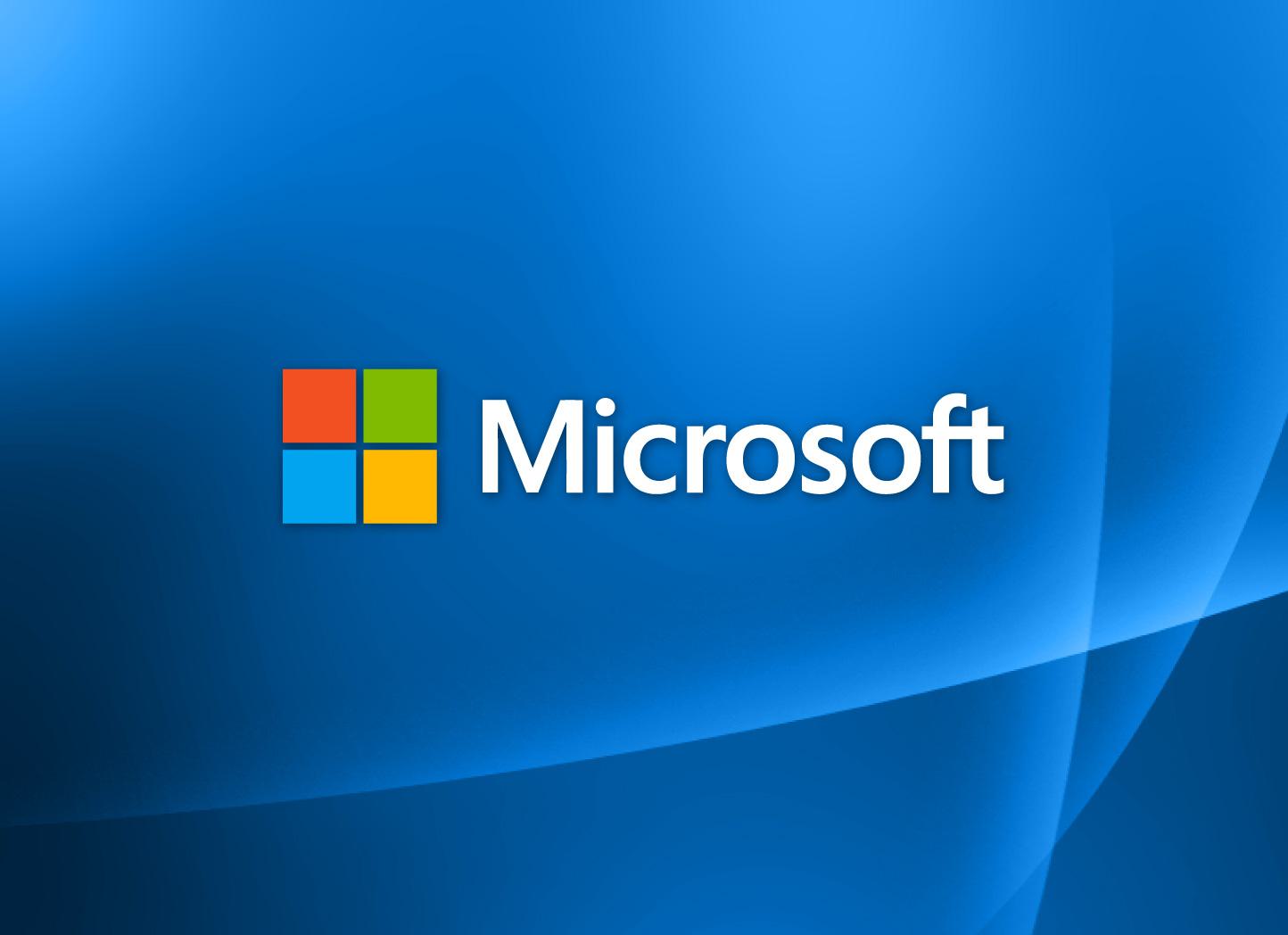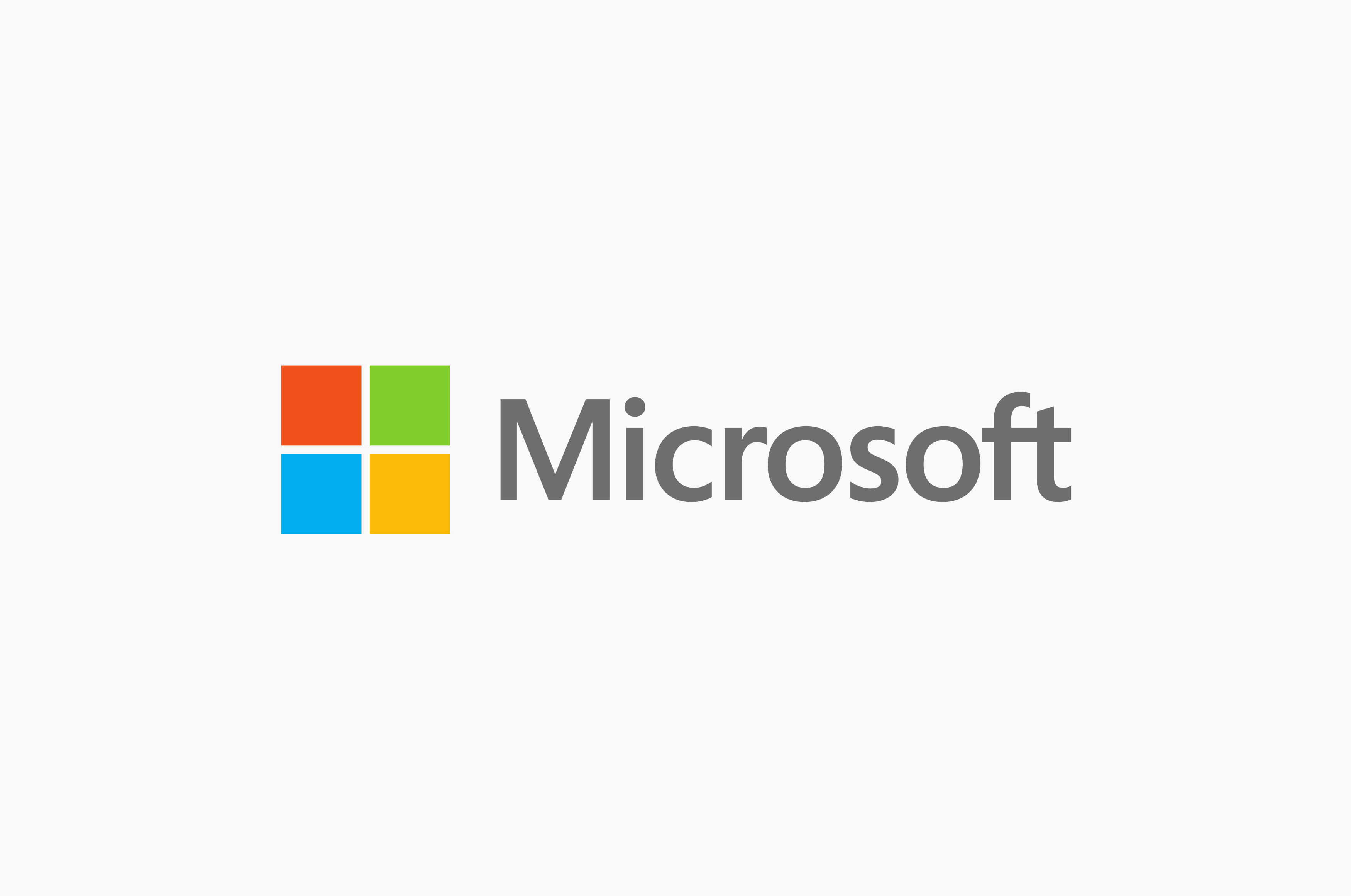Microsoft Set to Introduce Revamped Default Theme for Office Suite, According to Reports

Microsoft Set to Introduce Revamped Default Theme for Office Suite, According to Reports
Microsoft’s move to introduce a new default theme for its Office applications reflects the company’s ongoing efforts to refresh and modernize its software offerings. The upcoming default Office theme, which is planned to be rolled out to all Microsoft 365 subscribers starting in September, comes with several notable changes designed to enhance the visual experience and align with contemporary design trends.
One of the key elements of the new default theme is the introduction of the Aptos font, which is likely to contribute to a more modern and visually appealing look across Office applications. Fonts play a significant role in user interface design, affecting readability and aesthetics, so the selection of a new font can have a noticeable impact on the overall user experience.
In addition to the font change, the new theme also brings a fresh color palette, updated styles, and revised default line weights. These changes can collectively contribute to a more consistent and cohesive visual identity across various Office applications, creating a more unified and pleasing experience for users.

The upcoming change from Calibri to Aptos as the default font for Microsoft’s Office applications marks a significant shift in the visual identity of these widely used software tools. Calibri, which has been the default font for Office applications for more than a decade and a half, is recognizable to millions of users around the world. Its replacement by Aptos reflects Microsoft’s commitment to staying current with design trends and creating a more contemporary user experience.
Aptos’s introduction as the default font across applications like Word, Outlook, PowerPoint, and Excel highlights Microsoft’s attention to detail and its desire to provide users with a consistent and visually pleasing environment for their work and communication. Fonts play a crucial role in shaping the way users perceive and interact with content, making the selection of a new default font a significant decision for Microsoft.
As the new default font, Aptos is likely to be optimized for legibility across various devices and screen sizes, ensuring that documents and presentations remain easily readable on everything from large desktop monitors to small mobile screens. This move aligns with Microsoft’s focus on enhancing the user experience across different platforms and devices, catering to the diverse ways in which people use Office applications in their daily tasks.
The decision to not only change the default font but also update the document style and color palette underscores Microsoft’s dedication to creating a cohesive and visually pleasing experience for its users within the Office suite of applications.

The substitution of the color yellow with a dark green shade in the color palette signifies a deliberate effort to refresh the overall look and feel of Office documents. Colors play a significant role in design, influencing readability, accessibility, and overall aesthetics. By incorporating a dark green shade, Microsoft aims to introduce a sense of sophistication and professionalism to documents, potentially enhancing the visual impact of charts, graphs, and other visual elements.
Likewise, replacing one of the lighter blues with a dark teal shade demonstrates Microsoft’s attention to detail when it comes to contrasts and readability. Darker shades can often provide better contrast against white backgrounds, making text and visual elements stand out more effectively. This adjustment is likely to contribute to the overall readability and clarity of Office documents, especially when viewed across various devices and screen sizes.
The comments from Jess Kwok, the product manager for Microsoft 365 applications, provide valuable insights into the company’s motivations behind the upcoming changes to the default style within Word and Outlook.
The emphasis on readability indicates that Microsoft recognizes the importance of clear and legible content. Documents created and viewed within Word and emails within Outlook should be easy to read and understand, regardless of the user’s device or screen size. By rejuvenating the default style, Microsoft aims to enhance the reading experience, potentially through the use of a more readable font, optimized line spacing, and appropriately contrasting colors.

The mention of a more professional appearance aligns with Microsoft’s commitment to presenting a polished and sophisticated image to its users. Many individuals and businesses use Word and Outlook for various professional purposes, including creating reports, proposals, and correspondence. A professional appearance not only reflects positively on the documents themselves but also on the individuals or organizations creating them.
Improved navigational ease is an important consideration in any software application, especially those used for productivity tasks. Navigational ease ensures that users can efficiently find and access the tools and features they need. Microsoft’s efforts to enhance navigational ease suggest that they are focusing on refining the user interface, making it more intuitive and user-friendly. This could involve optimizing menu structures, grouping related functions together, and providing clearer visual cues for navigation.
The upcoming security enhancements for Microsoft Teams, specifically for Teams Rooms on Windows, reflect the company’s commitment to providing a secure and confidential environment for video conferencing and meetings.
The introduction of fresh meeting IDs and passcodes serves as an additional layer of security for Teams Rooms on Windows. This approach is in line with industry best practices to prevent unauthorized access to meetings and sensitive discussions. By requiring participants to enter both a unique meeting ID and a passcode, Microsoft is aiming to ensure that only authorized individuals can join a meeting.
The use of meeting IDs and passcodes adds a level of complexity to the process of joining a meeting, which can be particularly beneficial for businesses and organizations that prioritize security. This feature can help prevent “Zoom-bombing” incidents where unauthorized individuals gain access to meetings and disrupt proceedings. Additionally, it offers IT administrators greater control over who can participate in meetings held within Teams Rooms on Windows.

The announcement that these security enhancements will be available to Teams Rooms Pro users indicates that Microsoft is catering to the needs of its more advanced and enterprise-focused users. Such users often have heightened security requirements and a greater emphasis on protecting sensitive information.




